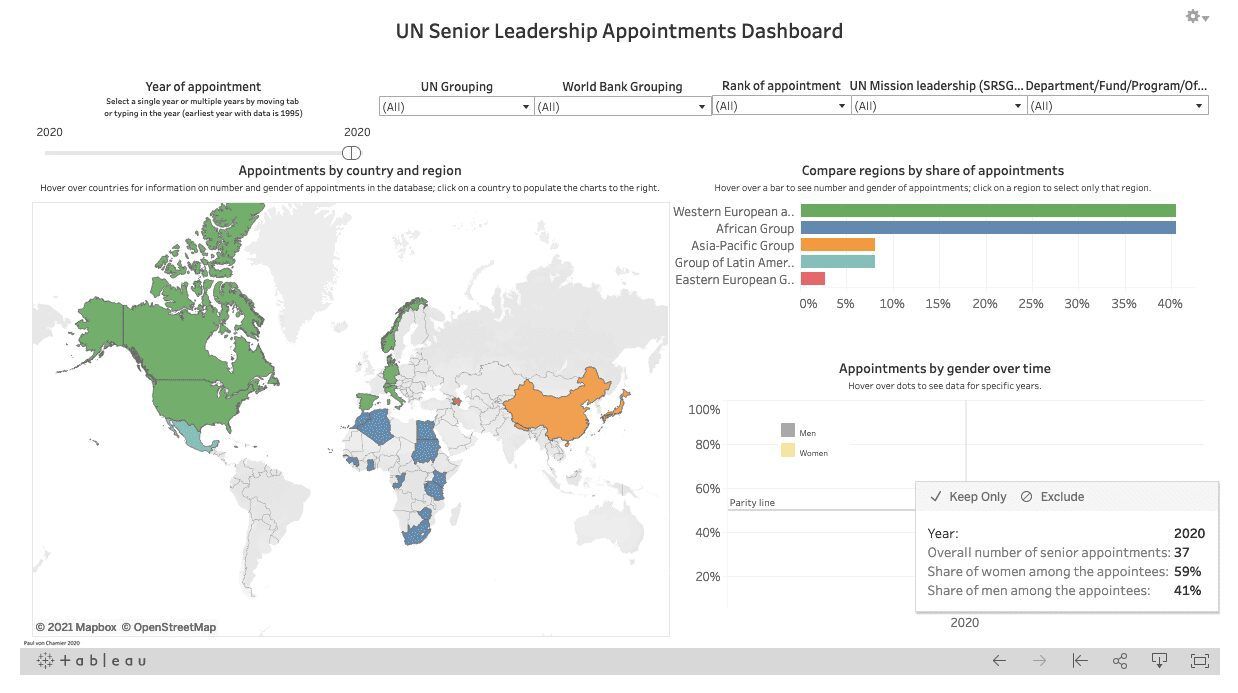
UN Senior Appointments: Looking Back at 2020


Array
(
[thumbnail] => https://s42831.pcdn.co/wp-content/uploads/2023/07/2023-Senior-Appts-Dashboard-Hero-150x150.jpg.optimal.jpg
[thumbnail-width] => 150
[thumbnail-height] => 150
[medium] => https://s42831.pcdn.co/wp-content/uploads/2023/07/2023-Senior-Appts-Dashboard-Hero-300x131.jpg.optimal.jpg
[medium-width] => 300
[medium-height] => 131
[medium_large] => https://s42831.pcdn.co/wp-content/uploads/2023/07/2023-Senior-Appts-Dashboard-Hero-768x335.jpg.optimal.jpg
[medium_large-width] => 768
[medium_large-height] => 335
[large] => https://s42831.pcdn.co/wp-content/uploads/2023/07/2023-Senior-Appts-Dashboard-Hero-1024x446.jpg.optimal.jpg
[large-width] => 1024
[large-height] => 446
[1536x1536] => https://s42831.pcdn.co/wp-content/uploads/2023/07/2023-Senior-Appts-Dashboard-Hero.jpg.optimal.jpg
[1536x1536-width] => 1418
[1536x1536-height] => 618
[2048x2048] => https://s42831.pcdn.co/wp-content/uploads/2023/07/2023-Senior-Appts-Dashboard-Hero.jpg.optimal.jpg
[2048x2048-width] => 1418
[2048x2048-height] => 618
[gform-image-choice-sm] => https://s42831.pcdn.co/wp-content/uploads/2023/07/2023-Senior-Appts-Dashboard-Hero.jpg.optimal.jpg
[gform-image-choice-sm-width] => 300
[gform-image-choice-sm-height] => 131
[gform-image-choice-md] => https://s42831.pcdn.co/wp-content/uploads/2023/07/2023-Senior-Appts-Dashboard-Hero.jpg.optimal.jpg
[gform-image-choice-md-width] => 400
[gform-image-choice-md-height] => 174
[gform-image-choice-lg] => https://s42831.pcdn.co/wp-content/uploads/2023/07/2023-Senior-Appts-Dashboard-Hero.jpg.optimal.jpg
[gform-image-choice-lg-width] => 600
[gform-image-choice-lg-height] => 261
)
The NYU Center on International Cooperation is pleased to announce our annual update of the UN Senior Leadership Dashboard, which now has information on 1,346 appointments, from October 1995 to July 2023. The Senior Appointments Dashboard allows users to closely explore data on gender, national origin, rank, and positions of senior appointments in the United Nations (UN) and identify trends over time and across different UN departments.
The UN Senior Leadership Dashboard was first launched in 2020, in collaboration with the NYU Center for Global Affairs, with the goal of tracking diversity at the leadership level for the UN. This is the first project to systematically collect data over time on this issue and make it easily available to users. A machine learning-based web scraper was used to collect data from UN press releases, collating information on appointments, titles, departments, and various measures of diversity among the appointees. Since then, the database has been cross-referenced, complemented, and manually updated.
The impetus to start tracking appointments came from UN secretary-general António Guterres’ September 2017 announcement that he was launching a strategy to achieve gender parity among UN staff by 2028. Although the total number of appointments in our database remains overwhelmingly male (over 70 percent of all appointments), 2017 was the first year where there were more female than male appointees, and marked the start of a trend of more balanced appointments from a gender perspective.
Here, the trend towards more diverse appointments is less pronounced. Even when narrowing the dataset to the 2017-23 period, 50 percent of appointments still went to WEOG nationals, and 42 percent to nationals of high-income countries. From 2019 to 2022, there were fewer appointments to WEOG member states, with 2020 being the only year in the dataset when the majority of appointments went to another regional group, the African Group. However, up to this point in 2023 we have observed a reversal of this trend, with half of all appointments going to WEOG member states.
We are aware that measurements of diversity go much further than gender and nationality. That is why we plan to expand the dashboard over the next few months to include information on educational background, age, previous professional experience, and predecessors. While we already have a good amount of data for some of these categories, we are currently working on closing gaps. We expect the upcoming version of the dashboard to allow users to glean even more insights on the profile of senior appointments at the UN and shine the spotlight on other issues related to representation among the top ranks of the organization.




Subscribe to our newsletter and receive regular updates on our latest events, analysis, and resources.
"*" indicates required fields